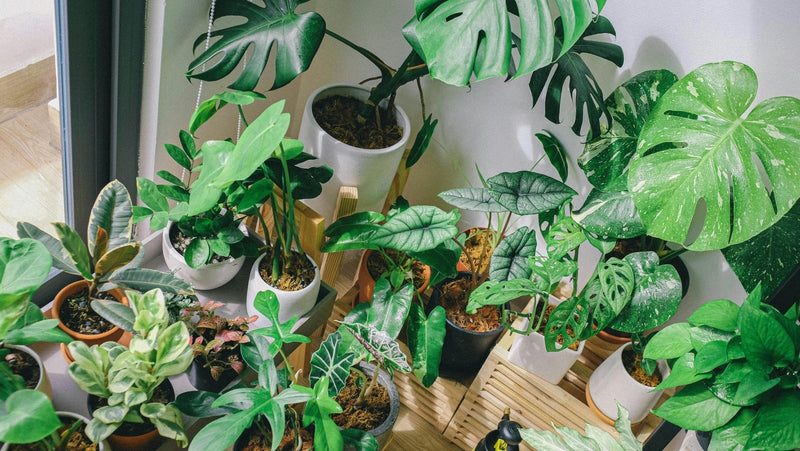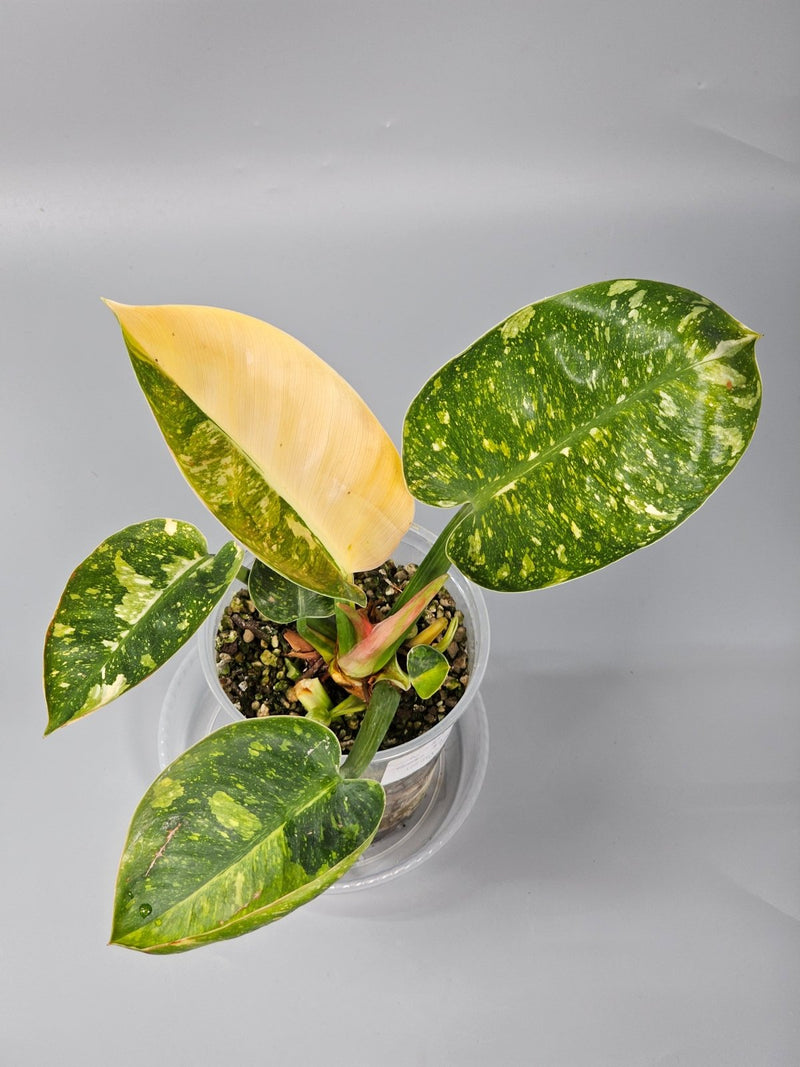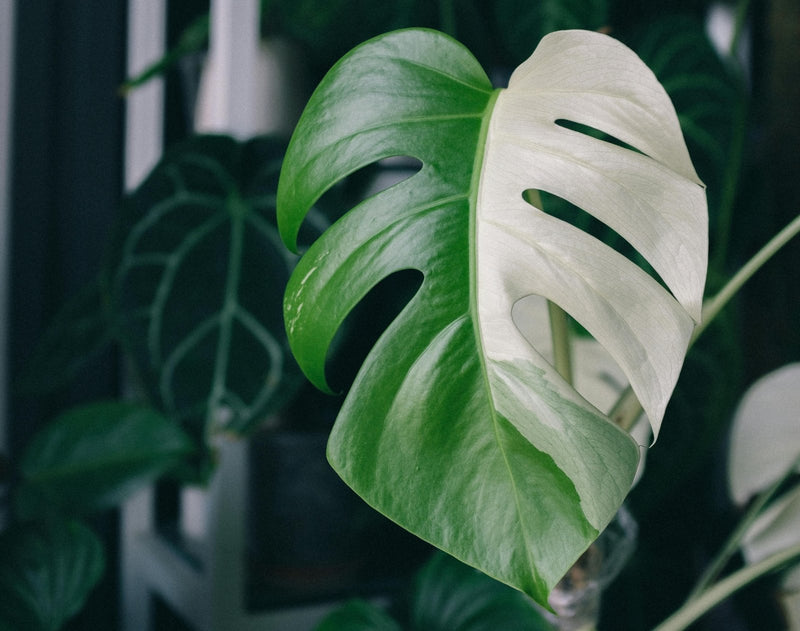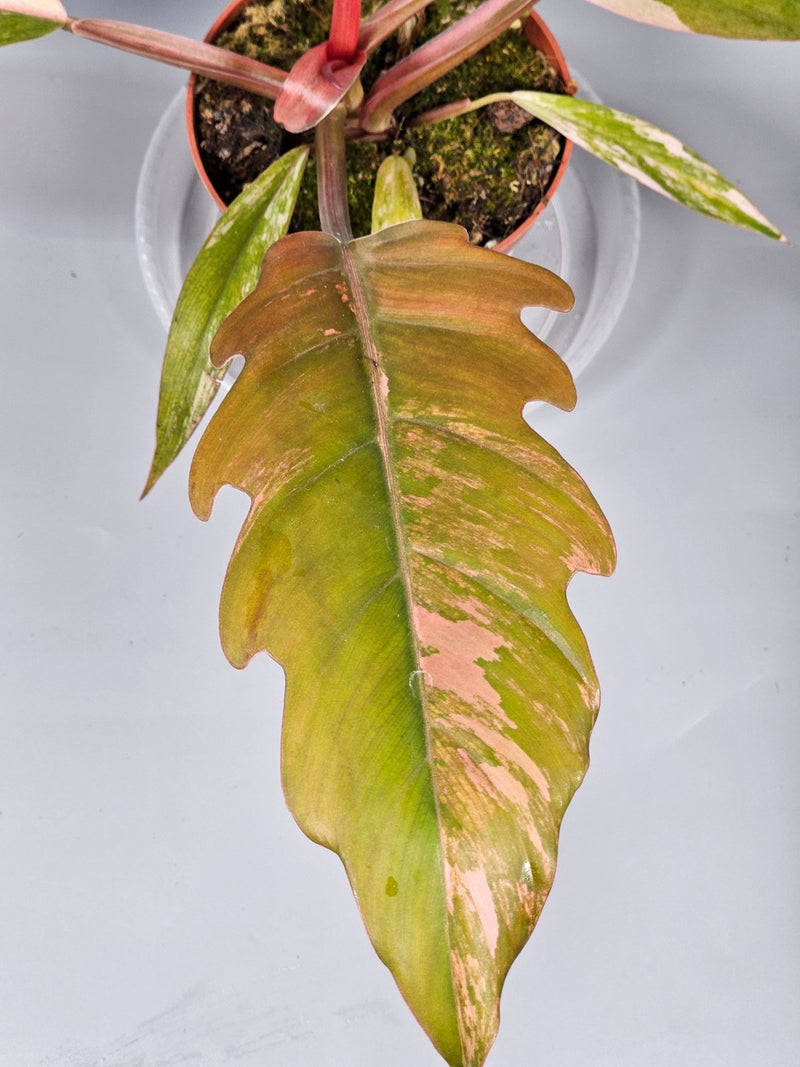
by Odd Leaf
Beginner’s Guide to Tropical Plant Lighting
Beginner’s Guide to Tropical Plant Lighting Welcome to the lush world of tropical plants! Whether you're a seasoned gardener or just starting your journey with rare houseplants, understanding the importance of proper lighting is crucial for maintaining the health and beauty of your indoor jungle. In this guide, we'll explore the essentials of lighting for tropical plants, helping you create the perfect environment for your green friends. Understanding Light Requirements Light is one of the most critical factors in plant care, especially for tropical species, which are naturally adapted to the bright, filtered light found under the canopies of rainforests. Here’s what you need to know about different light conditions: Bright Indirect Light: This is ideal for most tropical plants. It mimics the light intensity found under a tropical forest canopy. Direct Sunlight: Usually too harsh for most tropical plants, causing leaves to burn. Low Light: While some plants can tolerate low light, they won't thrive as they would in more suitable lighting conditions. Choosing the Right Spot in Your Home Finding the perfect spot for your plant involves observing the light patterns in your home throughout the day. Here are some tips: North-facing windows: These provide steady but gentle light throughout the day—ideal for plants that thrive in low to medium light. East-facing windows: They catch the morning sun, which is gentle and beneficial for most tropical plants. South-facing windows: These receive the most intense light and may require you to use sheer curtains to diffuse direct sunlight. West-facing windows: The light is more intense in the afternoon and can be suitable for plants that need more light. Artificial Lighting Options If your home doesn’t receive enough natural light, artificial lights can be a game-changer. Here are the most common types: Fluorescent lights: Great for plants that require low to medium light and are ideal for building an indoor garden. LED lights: More energy-efficient than fluorescent lights and can be customized for different stages of plant growth. Grow lights: Specifically designed for plants, these can provide a spectrum of light that mimics natural sunlight. Frequently Asked Questions How many hours of light do tropical plants need? Most tropical plants require about 12-16 hours of light per day. During winter, when natural light is scarce, supplementing with artificial light can help keep your plants healthy. Can too much artificial light harm plants? Yes, just like natural sunlight, excessive artificial light can lead to leaf burn. It’s important to monitor your plants and adjust the duration and intensity of the light accordingly. What is the best color temperature for growing tropical plants indoors? Aim for a color temperature in the range of 5000-6500K, which provides a cool white to daylight spectrum, simulating midday sunlight. Conclusion Proper lighting is essential for the health of your tropical plants. By understanding the specific light requirements of your rare houseplants and adapting the environment accordingly, you can ensure that your plants not only survive but thrive indoors. Start by assessing the natural light in your home, consider the use of artificial lights if necessary, and remember to adjust as your plants grow and seasons change. For more detailed care guides on specific rare plants, explore our posts on how to grow Epipremnum pinnatum, and understanding different types of Philodendrons. Happy planting!



